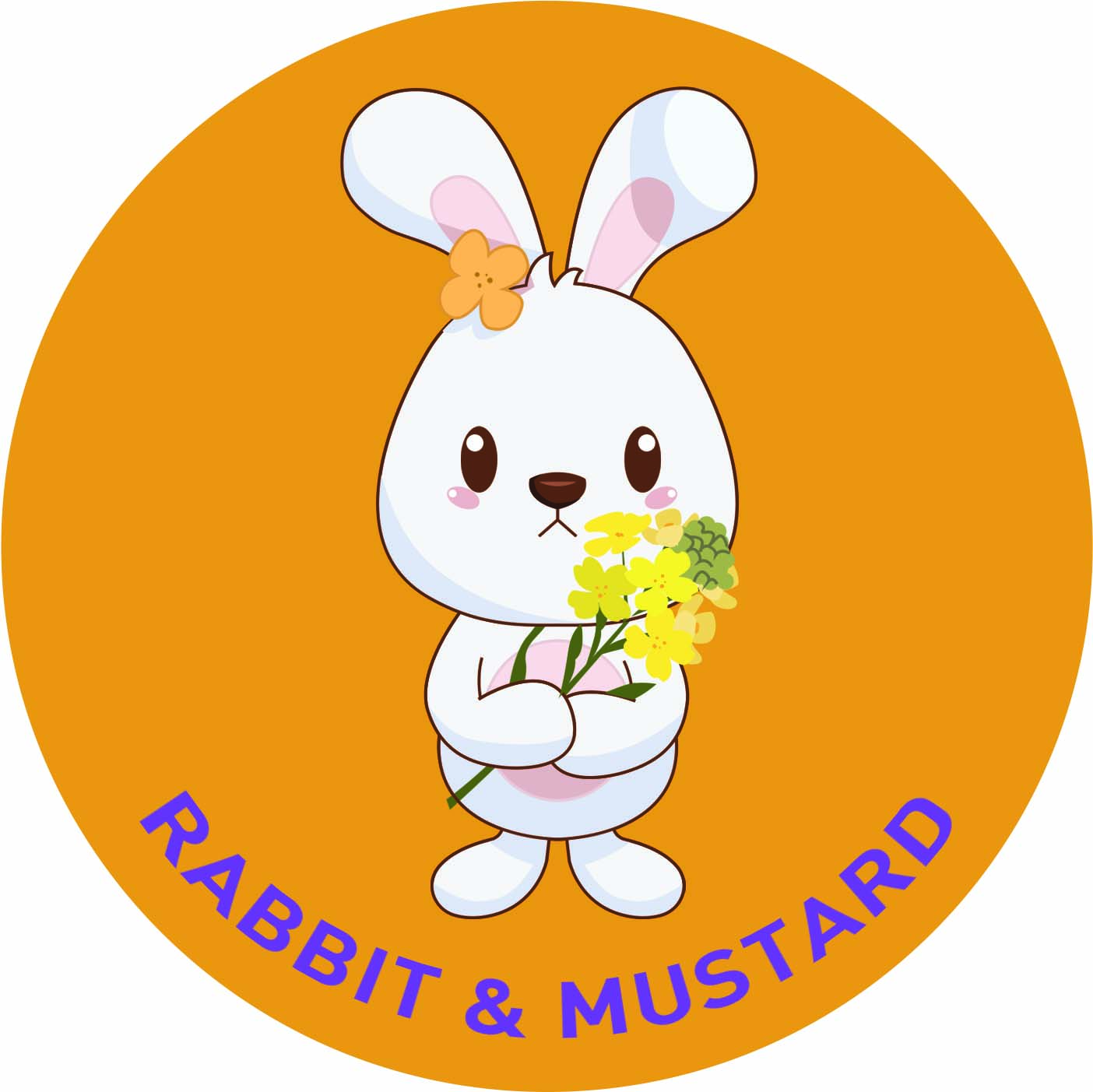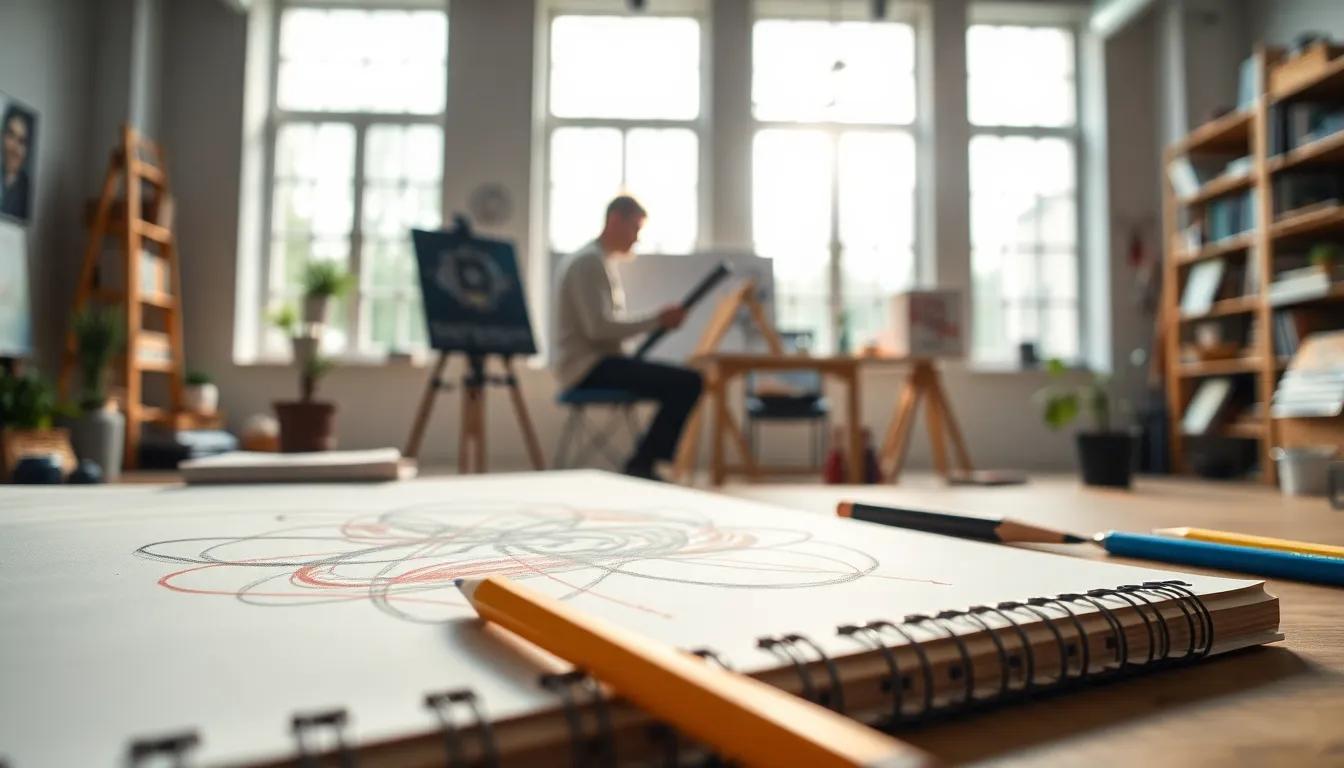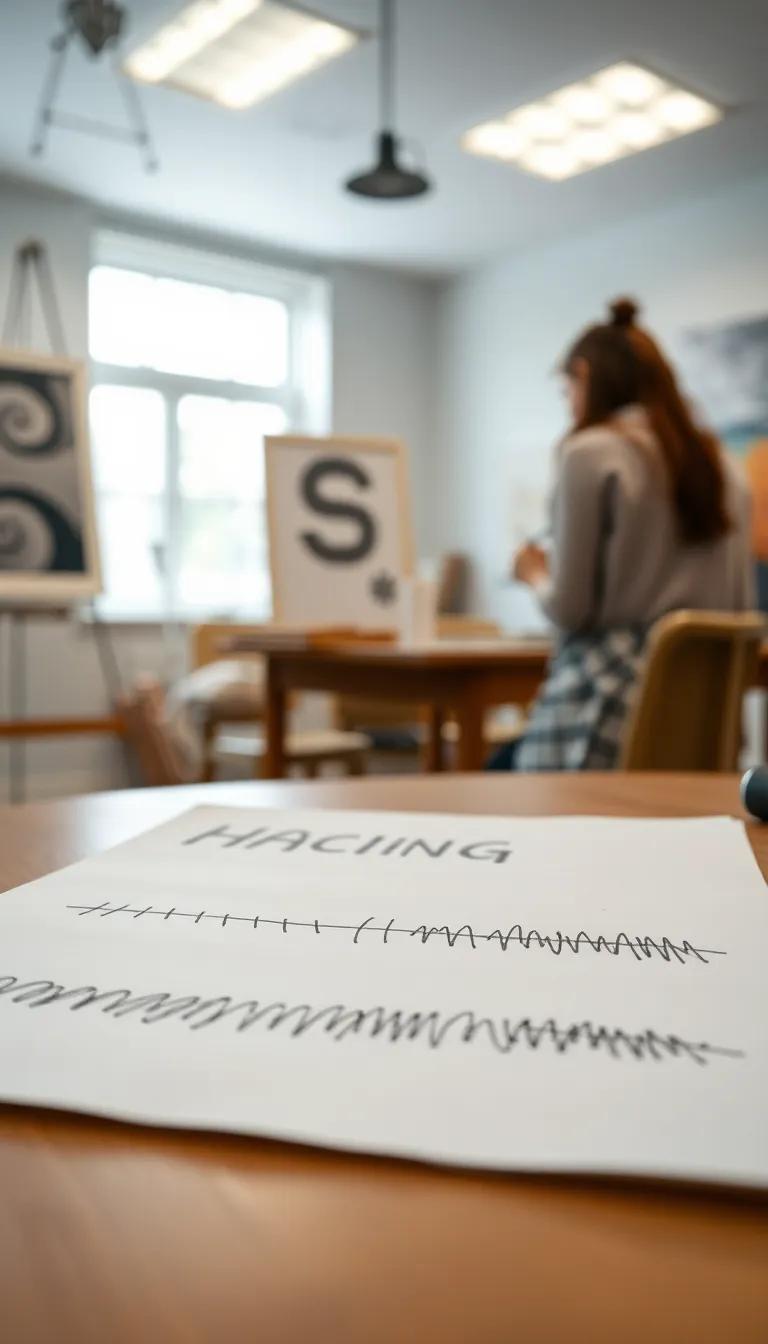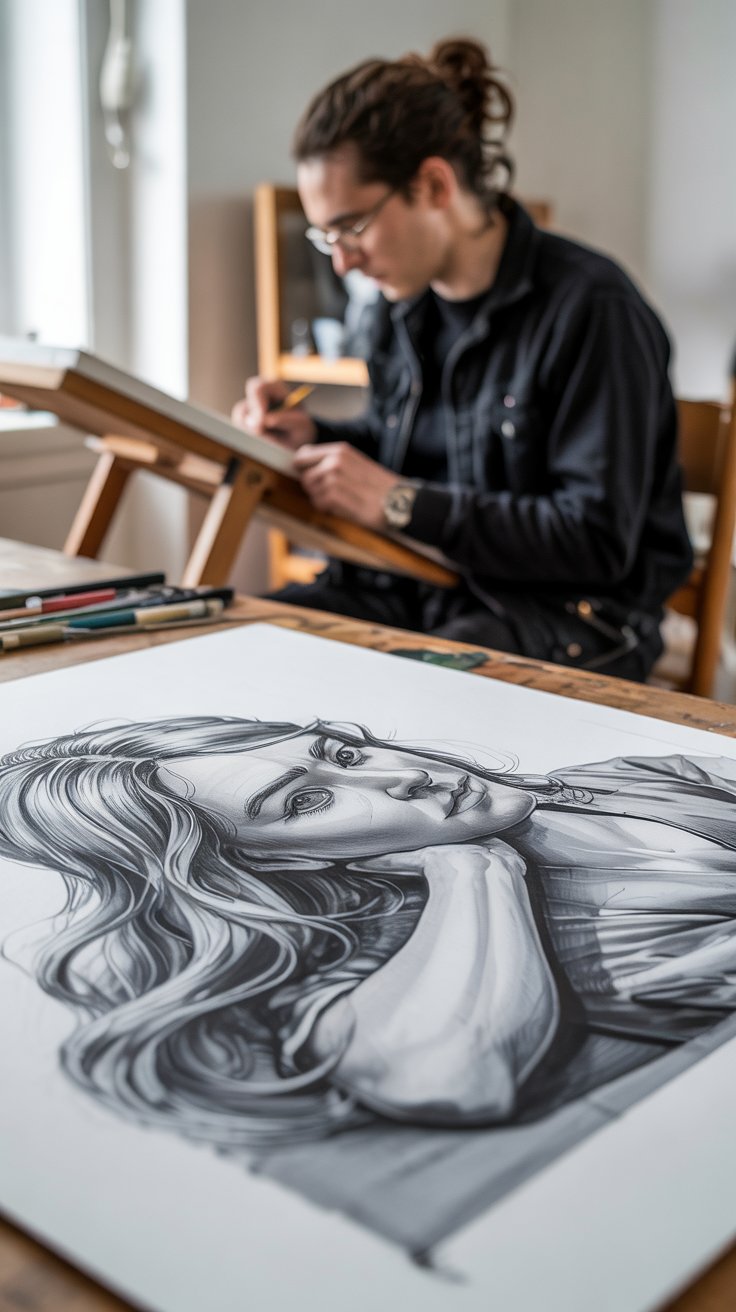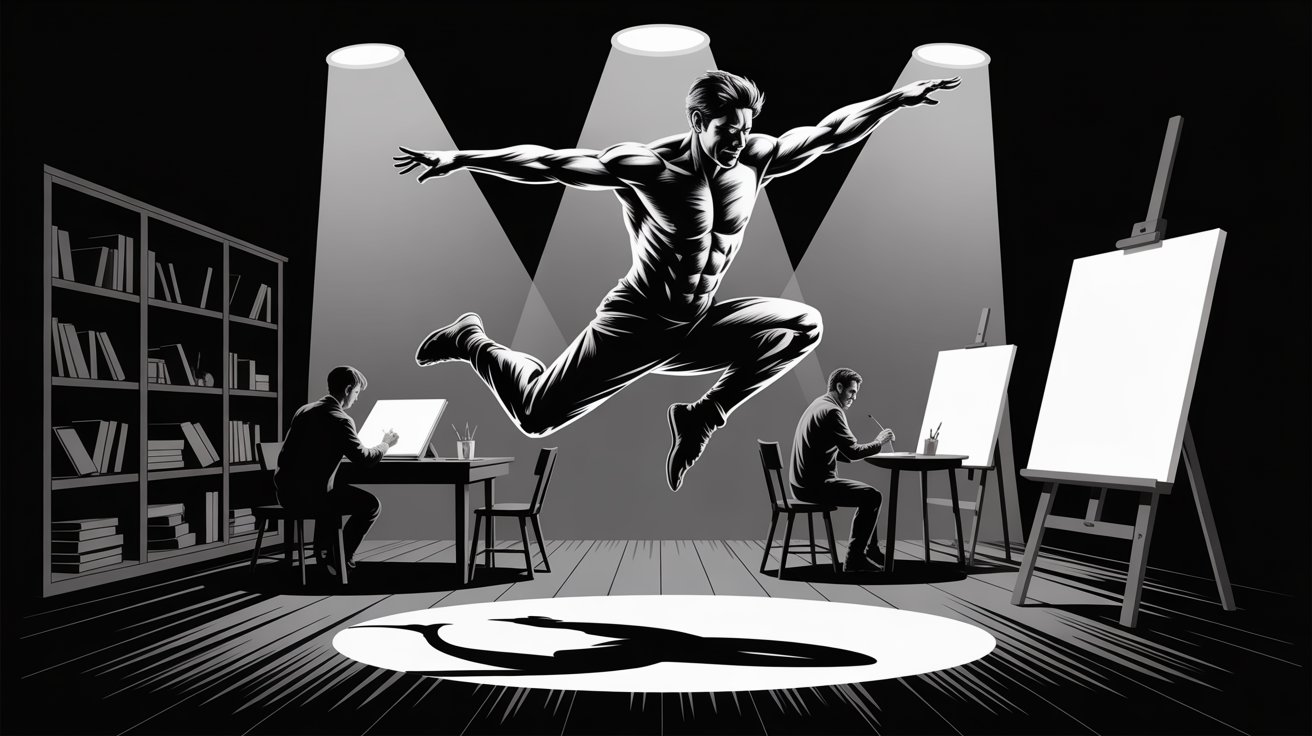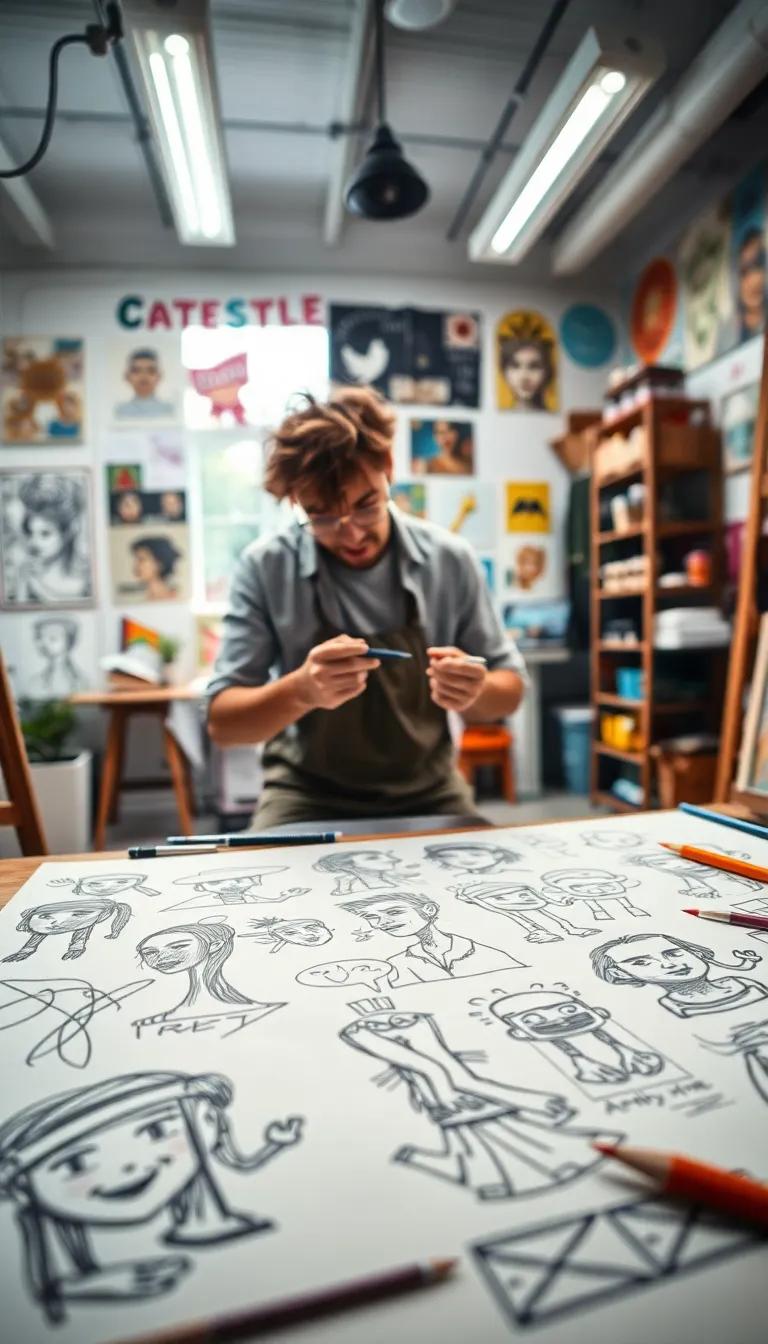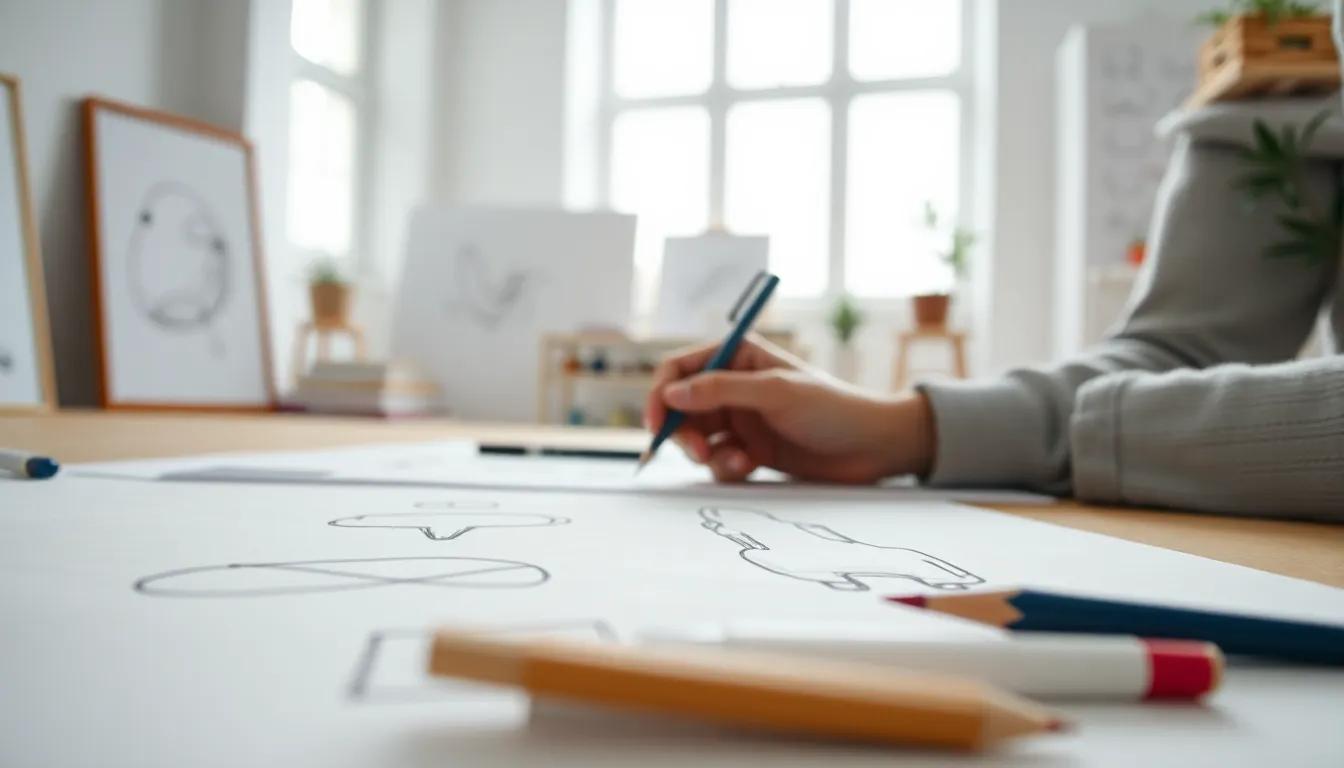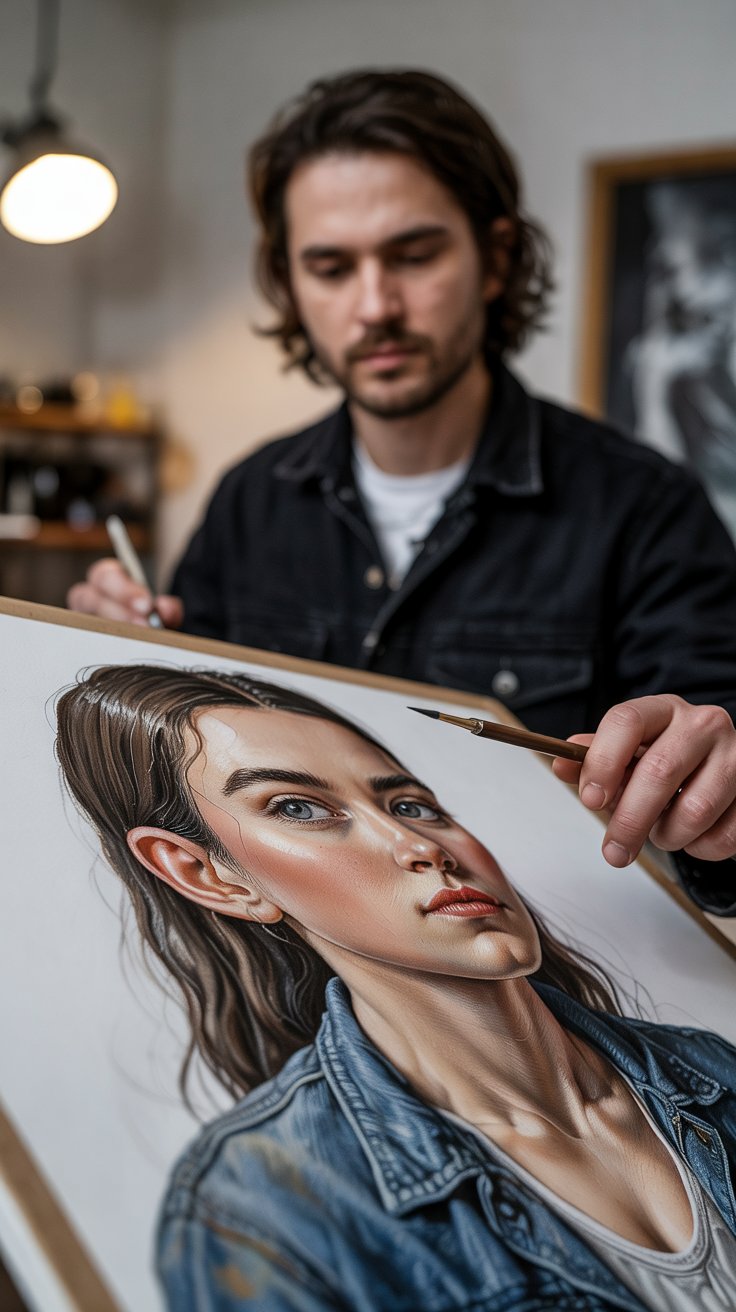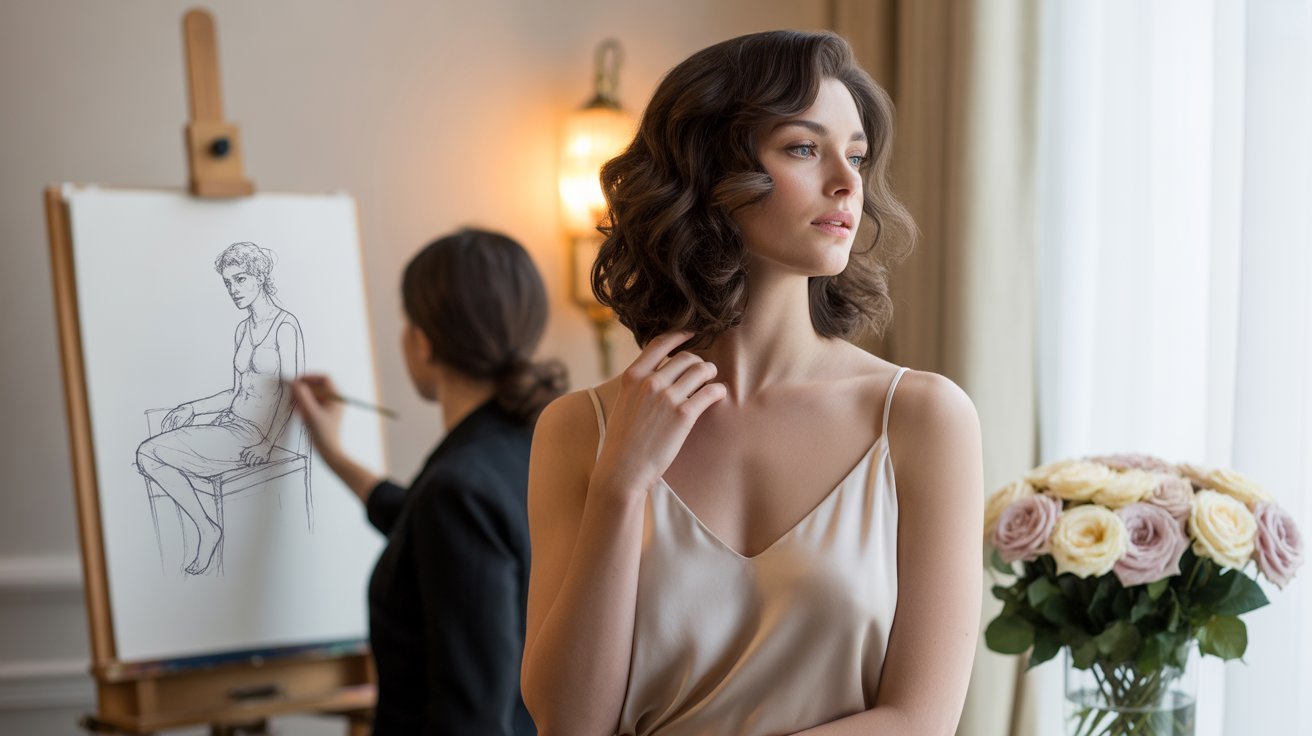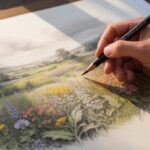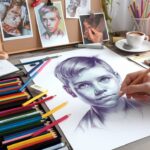Introduction
Drawing is an essential skill that serves as a foundation for various artistic expressions. Whether you are interested in creating simple sketches or detailed illustrations, learning how to draw can be an exciting journey filled with creativity and discovery. This ultimate guide will walk you through the essential techniques and step-by-step tips needed to develop your drawing skills, providing you with the tools necessary to express your creative ideas on paper.
In this guide, you will find structured chapters that discuss everything from basic drawing instruments to advanced techniques that can elevate your art. We will cover essential topics such as the importance of observation, understanding proportions, and utilizing different drawing styles. By the end of this article, you will have gained a deeper understanding of the art of drawing and how to translate your imagination into vibrant illustrations.
Understanding Drawing Instruments
The Essentials of Drawing Instruments
To truly hone your drawing skills, understanding the tools available is essential. The variety of instruments can hugely influence your technique and final artwork. Each medium offers unique qualities that can affect your drawing style, lending to different textures, depths, and effects.
Pencils are perhaps the most commonly used instrument among beginners and seasoned artists alike. They vary in softness and hardness, indicated by the grading system (such as H for hard and B for soft). Softer pencils (like 2B or 6B) produce darker lines, ideal for shading and creating depth. Harder pencils (like H or 2H) yield lighter strokes, perfect for detailed line work or preliminary sketches. Understanding how to utilize these pencils in conjunction can significantly enhance your drawings.
Charcoal is another versatile tool, appreciated for itsrich depth and dramatic effects. Available in varieties like compressed and vine, charcoal allows for bold, expressive strokes. Its smudged texture can evoke emotion in a piece, adding a layered complexity. When using charcoal, consider layering techniques and blending to create shadows and highlights.
Pens and inks provide a crisp, permanent approach. When used in contour drawing, these tools create striking outlines. Inks can also present opportunities for unique wash techniques, allowing for gradients and shading. The choice between fine-liners, brush pens, and fountain pens can significantly influence the texture and feelings portrayed in the artwork.
The Digital Revolution in Drawing Instruments
In today’s artistic landscape, digital tools have emerged as powerful instruments. Drawing tablets and styluses offer the flexibility to combine traditional techniques with modern convenience. Programs like Adobe Photoshop or Procreate provide a wide range of brushes and effects that can emulate real-life tools, enabling artists to experiment without limitations. Understanding how to effectively navigate these digital mediums can dramatically expand your creative capabilities.
Each drawing instrument enhances your artistic expression in unique ways. By experimenting with different tools, artists can find their preferred mediums that align with their individual styles. Whether working with traditional materials or embracing digital technologies, having a solid grasp of each instrument’s characteristics paves the way for developing a versatile drawing repertoire.
Basic Techniques for Beginners
Mastering the art of drawing begins with understanding and applying fundamental techniques that bring depth, texture, and dimension to your artwork. Among these techniques, hatching, cross-hatching, and stippling stand out as essential methods for enhancing your drawings. Each technique has its unique characteristics and applications, making them suitable for various styles and subjects.
Understanding Hatching
Hatching involves drawing a series of closely spaced parallel lines to create shading or texture. The density and direction of these lines can effectively convey light and shadow. For instance, when drawing a spherical object, you can use tighter lines on the side that is away from the light source, gradually loosening them towards the illuminated area. This technique not only adds dimension but also directs the viewer’s eye across the composition.
Practicing Cross-Hatching
Cross-hatching takes hatching a step further by intersecting lines at various angles. This method allows for greater control over the value and depth of the shadows in your drawings. For example, when shading a cylindrical form, you can use diagonal lines in one direction and then overlay them with vertical or horizontal lines. Experiment with varying the pressure applied to your pencil to achieve different shades. The layering effect of cross-hatching can produce a rich texture that adds life to your illustrations.
Exploring Stippling
Stippling is a technique that employs small dots to create images and textures. By adjusting the density of your dots, you can represent a range of values. For lighter areas, place dots further apart, while areas that require deeper shadow can have dots closely grouped together. Stippling can be time-consuming but is well worth the effort, as it imparts a unique quality to your work. Engage in simple exercises, such as doodling with dots to familiarize yourself with control and spacing.
Incorporating these techniques into your drawings helps develop foundational skills that are crucial for artistic progression. Remember, the key to mastering these methods lies in practice and patience. Make it a habit to dedicate time to experiment with hatching, cross-hatching, and stippling in your sketches. With consistent practice, you will notice an improvement in your ability to convey depth and texture, setting a solid groundwork for more advanced drawing techniques in the future.
The Importance of Observation in Drawing
Observation is a fundamental skill that serves as the bedrock of effective drawing. It allows artists to translate the world around them onto paper with accuracy and depth. The essence of observation lies not just in seeing but in understanding form, shape, light, and shadow. When artists develop their observational skills, they gain a better grasp of how to capture the nuances that make objects come to life. This chapter addresses the significance of observation and offers practical exercises to enhance these skills.
Developing Observational Skills
To draw effectively, one must engage deeply with the subject matter. This connection can be strengthened through a series of exercises designed to sharpen observational abilities. Below are a few recommended activities:
- Contour Drawing: Select an object and try to draw it without looking at the paper. This technique focuses on capturing the outline and structure of the subject, emphasizing the importance of line and form.
- Negative Space Drawing: Instead of concentrating on the object itself, draw the spaces around it. This exercise helps artists recognize shapes that may be overlooked, promoting a better understanding of composition.
- Timed Sketching: Set a timer for two to ten minutes and sketch an object or scene from life. This constraint encourages quick, decisive marks, fostering a more instinctive observational response.
- Comparative Measurement: Use your pencil or a sketching tool to measure distances and proportions between elements of the subject. Holding the pencil at arm’s length can help you compare sizes and angles, which enhances accuracy.
Enhancing Accuracy through Observation
As you engage in these exercises, you’ll notice significant improvements in your drawing accuracy. Enhanced observational skills allow for a deeper comprehension of perspective, proportions, and details that might have previously gone unnoticed. Every artist, from novice to advanced, benefits from cultivating a keen eye.
Incorporating regular observation practice not only aids in technical execution but also fosters creativity. This merger of analytical and artistic skills enables artists to convey emotion and storytelling through their work. Cultivating observation as a core practice will set the stage for mastering complex concepts such as composition and layout, which are essential for creating visually engaging drawings.
Composition and Layout Key Elements in Drawing
Understanding Composition in Your Drawings
Composition in drawing refers to the arrangement of visual elements within a given space. Mastering this concept is essential for creating engaging artworks that capture the viewer’s eye. A well-composed piece not only guides the viewer’s focus but also conveys the intended message more effectively. Every artist, regardless of skill level, should prioritize understanding composition, as it can substantially enhance the visual impact of their work.
The rule of thirds is a foundational concept in composition. This technique involves dividing your canvas into nine equal sections using two horizontal lines and two vertical lines. Placing critical elements along these lines or at their intersections often creates balance and interest in the artwork. For example, instead of centering your focal point, position it off-center to provide a more dynamic viewing experience.
Another essential element is the use of leading lines. These are natural lines that draw the eye into the composition, guiding the viewer from one element to another. You might find leading lines in roads, rivers, or even the direction of a character’s gaze. Utilizing these lines can help create a narrative flow within your piece, thereby engaging the viewer more deeply.
Effective Layout Techniques for Visual Interest
A compelling layout is as crucial as composition. It involves the strategic placement of elements to create a harmonious and visually appealing arrangement. Varying the size and scale of objects can add depth and interest. For instance, a larger object in the foreground can create a sense of depth against smaller objects that recede into the background.
The concept of negative space should not be overlooked. This refers to the space surrounding and between the subjects in your drawing. Effective use of negative space can emphasize your main subject and provide breathing room, allowing the viewer’s eye to rest and appreciate each part of the composition. This balance between positive and negative space contributes greatly to the overall aesthetics of your artwork.
Consider the use of color and contrast when arranging elements within your layout. A well-chosen color palette not only enhances mood but can also direct attention to certain areas of your drawing. High contrast between elements can emphasize the focal point and draw the viewer’s eye immediately to the most important parts of the artwork, reinforcing your intended message.
Experimenting with Styles A Journey in Drawing
Diversifying Your Artistic Approach
As you progress in your drawing journey, one of the most fruitful paths to personal and artistic growth is the exploration of different styles. By venturing into various approaches—ranging from realism to abstraction—you open up new avenues for creativity and expression. Each style has its own set of techniques and philosophies, enriching your skill set and helping you develop a distinctive artistic voice.
Realism, for instance, emphasizes accurate representation and meticulous detail, demanding precision in techniques such as shading and perspective. This style can enhance your observational skills and allow you to connect deeply with the subjects you depict. On the other hand, abstract styles challenge you to break away from traditional forms, focusing instead on color, shape, and emotional expression. Experimenting with abstraction encourages you to think outside the box and prioritize concept over realism.
Personal Growth Through Artistic Exploration
Engaging in diverse drawing styles not only broadens your technical abilities but also fosters personal growth. When you challenge yourself to try something new, such as surrealism or cubism, you push the boundaries of your comfort zone. This process of exploration can lead to significant breakthroughs in how you perceive art and its possibilities.
Switching styles can help you overcome artistic blocks. When you find yourself stuck in a creative rut, trying a different style may provide fresh inspiration. For example, if you’re accustomed to creating detailed portraits, experimenting with a more abstract approach can invigorate your practice, inspiring new ideas that you may not have considered otherwise.
Every time you attempt a new style, you’re not just honing a skill; you are learning more about yourself as an artist. What resonates with you? What techniques seem to capture your imagination? Allow these questions to guide your artistic explorations. Keep in mind that it’s perfectly natural for some experiments to feel less successful than others. Embrace these experiences, as they are essential to refining your craft and developing your unique artistic identity.
The journey of experimenting with styles is not merely about mastering a technique. It’s about discovering your artistic spirit, expanding your creative horizons, and delighting in the endless possibilities that drawing offers. With each new endeavor, you bring both challenges and inspirations that enrich your artistic narrative.
Finalizing Your Work
Importance of Finishing Touches in Drawing
The final stages of creating a drawing can significantly define its impact and resonance. While the core of your artwork may stem from raw creativity and experimentation, the finishing touches refine that initial spark into a polished piece. These elements often include adjusting contrasts, smoothing out lines, adding highlights, or incorporating shadows. Such subtleties can transform an ordinary drawing into an extraordinary one, breathing life and depth into your work.
Every artist develops their own finishing method, which may involve revisiting certain areas, applying varied techniques, or even stepping back altogether to gain perspective. This reflective practice not only enhances the visual appeal but also reinforces the emotional connection the artwork may evoke in viewers. A well-finished piece resonates more deeply, compelling the audience to engage with it on a personal level. Attention to detail is vital; small adjustments can yield significant results, allowing your personality and style to shine through clearly.
Presenting and Sharing Your Artwork Effectively
Once your artwork is finalized, the next step is sharing it with the world. Presentation plays a crucial role in how your piece is received. Whether displayed physically or digitally, the context in which your artwork is shown can enhance or diminish its value. If showcasing in a gallery, pay attention to factors such as lighting, framing, and positioning. Each of these elements can amplify the impact of your drawing, transforming it into a captivating visual experience.
Proper representation is equally paramount. High-quality images of your artwork are essential for online sharing. Use appropriate lighting to capture colors accurately and ensure that your images are free from glare or distortion. When sharing on social media platforms, consider the composition of your posts. Pair your artwork with engaging descriptions or stories that invite viewers to understand the inspiration behind your piece, fostering a deeper connection and encouraging dialogue.
The way you finalize and present your art can set you apart in a crowded landscape. Both the meticulous attention given to finishing touches and the thoughtfulness in sharing your work play essential roles in a successful artistic journey. They reinforce the importance of intention, inviting others to not just observe your creations but to appreciate the essence and purpose behind each stroke and shade.
Conclusions
The journey of learning how to draw involves not just technique but also patience, practice, and passion. This article has explored various aspects of drawing, from selecting the right materials to honing your observational skills. By applying the tips and techniques outlined in this guide, you are now equipped to begin your artistic endeavors and improve your skills over time.
Remember that every artist was once a beginner, and the key is to keep practicing and experimenting with your style. Embrace the challenges and enjoy the creative process. With dedication and practice, you will witness significant improvements in your ability to draw, allowing your artistic visions to come to life.
